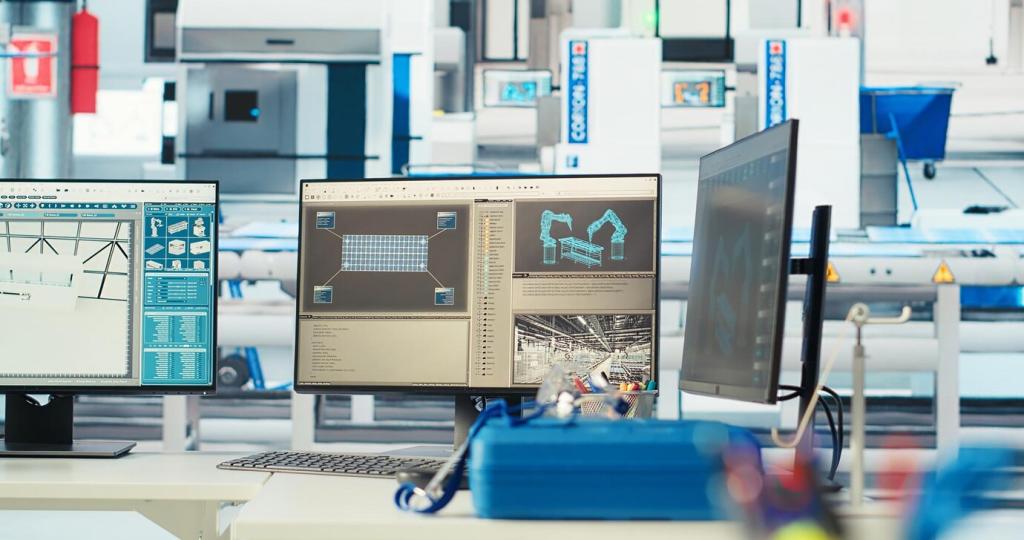Safety, Codes, and Durability Without Compromise
Mass timber forms a protective char layer, and hemp-lime offers strong fire resistance due to mineralized matrices. Assembly testing under standards like ASTM E119 or EN 13501 validates performance. Have AHJ conversations shaped your specs? Share how you documented compliance and won confidence during permitting.
Safety, Codes, and Durability Without Compromise
Ventilated rainscreens, capillary breaks, and lime plasters help assemblies dry quickly, preserving bio-based cores. Monitored pilot walls can confirm assumptions before rollout. What sensors or QA steps do you trust on site? Post your checklists and help others keep green materials healthy for decades.











